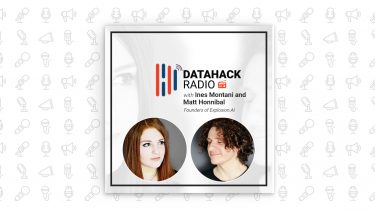EurNLP
The first European NLP Summit (EurNLP) will take place in London on October 11. Registration is open now. Travel grants are available. The Natural Language Processing community has seen unprecedented growth in recent years (see for instance the ACL 2019 Chairs blog). As more people are entering the field and NLP research sprouts in more places, making meaningful connections and communicating effectively becomes more difficult. To successfully scale our conferences, we require structures that enable us to integrate and to […]
Read more








